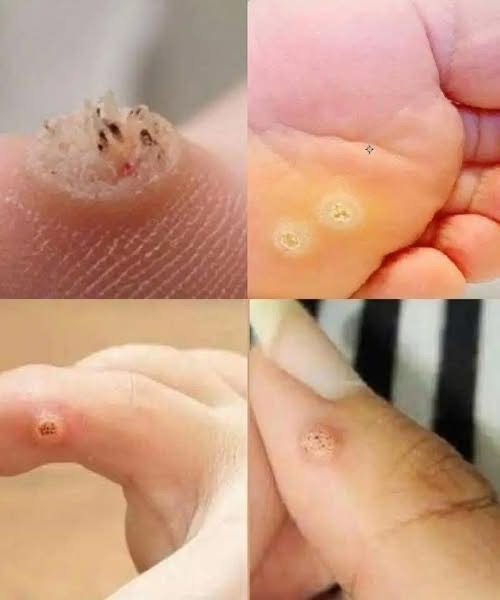Jo Most people have moles, freckles, or skin marks that are completely harmless. However, subtle changes in these spots can sometimes signal early signs of skin cancer, including melanoma. The encouraging news is that when caught early, most skin cancers are highly treatable. Awareness and regular skin checks can lead to early detection and peace of mind, rather than fear.
Melanoma starts in pigment-producing skin cells and, while less common than other skin cancers, is more dangerous due to its potential to spread. Over 100,000 new melanoma cases are diagnosed each year in the U.S., but the 5-year survival rate is over 99% when found early. Recognizing the warning signs can make a life-saving difference.
Doctors use the ABCDE rule to spot risky moles: Asymmetry, Border irregularity, Color variation, Diameter over 6mm, and Evolving changes in shape, size, or symptoms. If you notice any of these signs, it’s best to consult a dermatologist. Most skin cancers are painless in the early stages, making visual checks crucial.
Other warning signs include new spots after age 30, sores that won’t heal, painful or tender moles, shiny or pearly bumps (possibly basal cell carcinoma), and rough or scaly patches (possibly squamous cell carcinoma). These signs often appear on sun-exposed areas, but vigilance should extend to your whole body.
Higher risk factors include excessive sun or tanning bed exposure, fair skin, a history of severe sunburns, a family history of melanoma, weakened immunity, and having many or atypical moles. While darker skin tones are less commonly affected, awareness is still important, as late diagnosis can increase risk.
Protect your skin by doing monthly self-checks, seeing a dermatologist annually, using SPF 30+ daily, avoiding tanning beds, and wearing protective clothing. Mindful observation — not fear — is your strongest defense.

Leave a Reply